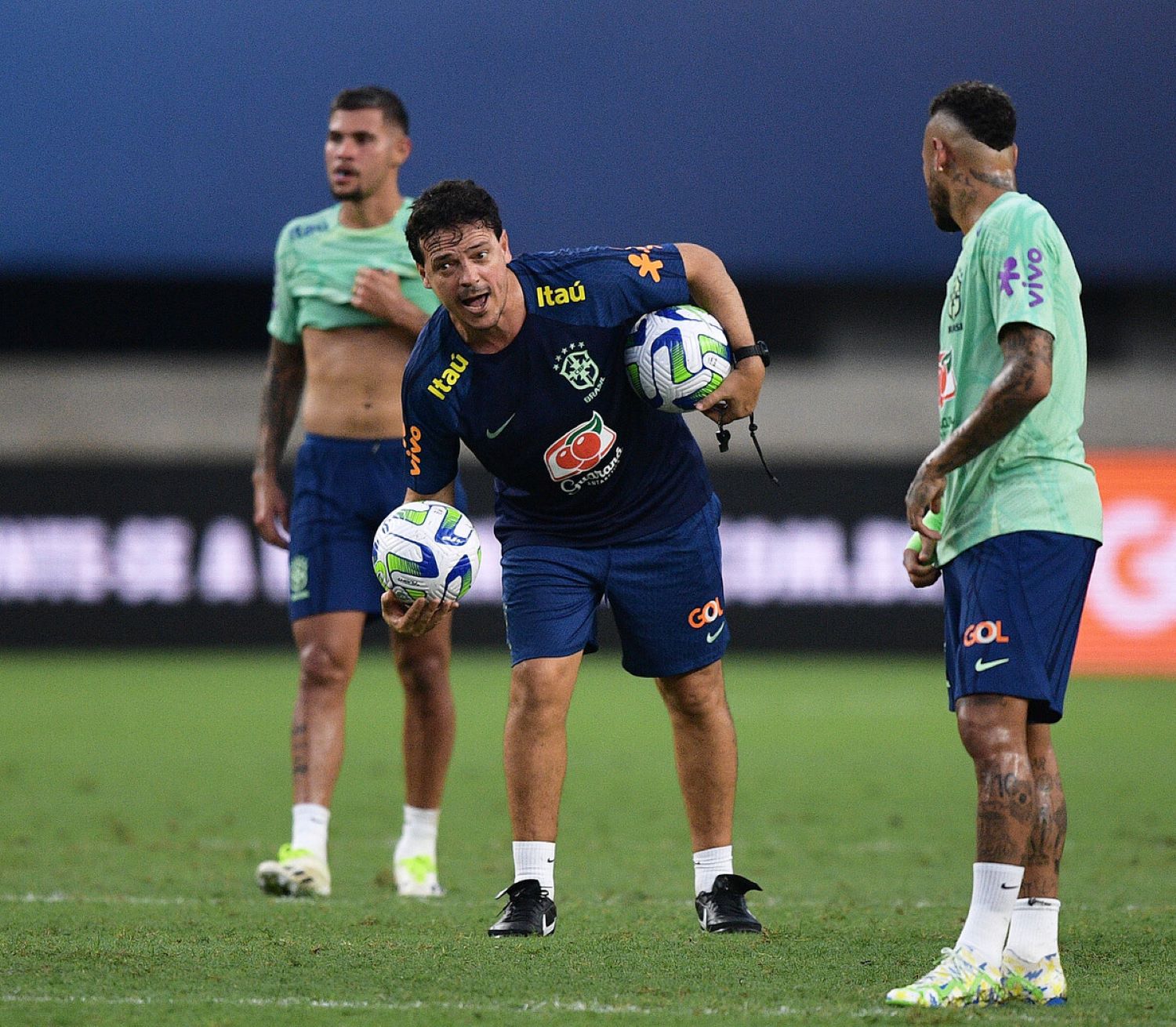RIYADH, SAUDI ARABIA – Spending by Saudi Arabian football clubs in the transfer window just closed was second only to that by teams in the English Premier League, according to separate reports published on Friday by FIFA and analysts Deloitte.
The sport’s world governing body said that teams from the Saudi Pro League had spent $875.4 million on new players in the period from June 1 to September 1, still well behind the Premier League’s $1.98 billion but just ahead of France’s $859.7 million.
Deloitte said the total figure up to the Saudi league’s window closing on Thursday, September 7, reached $957 million, with a net spend of $907 million as star players such as Neymar and reigning Ballon d’Or Karim Benzema made eye-catching moves to the country.
Others who left leading European leagues to head to Saudi Arabia included Sadio Mane, N’Golo Kante, Fabinho and Riyad Mahrez.
Saudi spending meant “clubs from the AFC (Asian) region accounted for 14 percent of the global transfer spending, marking the first time that teams from a confederation other than UEFA have surpassed 10 percent of the total”, said FIFA’s report.
Deloitte’s Sports Business Group said 37 players moved to Saudi Arabia from Europe’s so-called top five leagues in England, Spain, Italy, Germany and France.
Much of the Saudi Pro League’s business was done with English Premier League clubs, which received $698 million in overseas transfer fees including $312 million from Saudi teams.
The Pro League’s net spend, deducting money received from selling players, was $907 million, placing it behind the Premier League’s net spend of $1.39 billion.
Saudi clubs spent $148 million on players from France’s Ligue 1, $122 million in Italy’s Serie A, $116 million in Spain’s La Liga and $32 million in Germany’s Bundesliga, Deloitte said.
The Saudi Pro League’s high placing came despite a busy window where the big five’s gross spend was $6.1 billion, about a quarter higher than last summer’s $4.85 billion.
The Pro League, including four teams owned by the government’s oil-funded Public Investment Fund, has been buying players to revamp the league as part of the country’s ambitious economic diversification plan.
Deloitte’s figures do not include Al-Nassr’s signing of Portuguese superstar Cristiano Ronaldo, who arrived in Riyadh in January on a two-and-a-half-year deal said to be worth 400 million euros.
Izzy Wray of the Sports Business Group said it was the first time since 2016 that an international league had outspent any of Europe’s big five in a transfer window.
“The ambitious number of player acquisitions and the calibre of players signed by Saudi Pro League clubs demonstrate the kingdom’s commitment to propelling the SPL to become a leading football league on the world stage,” Wray said.
“This is still early days of what we can call phase one of the Saudi Pro League project, and the futuristic view is also reflected by the lowered average age of the league compared to last season.”
Saudi officials have set the target of making the previously unheralded Pro League one of the world’s top five domestic football competitions as measured by the quality of players, stadium attendances and commercial success.







